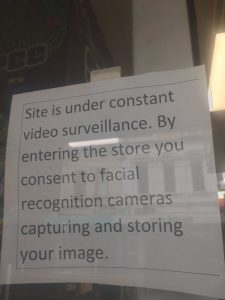Interview with Save Ocean Reef action group spokesperson – Jeff Fondacaro
Story also published in The WA DAILY
A new waterfront precinct currently under development in Perth’s northern coastal suburb of Ocean Reef has been touted by developers as “the living, working and playing destination the community has been waiting for.”
When complete, the development will feature 12,000sqm of retail and commercial space, 550 boat pens, 200 boat stackers – and more than 1000 residential homes.
The Ocean Reef Marina is a WA Government project, delivered by DevelopmentWA (a recent merger of LandCorp and the Metropolitan Redevelopment Authority), in collaboration with the City of Joondalup.
The proposed 65ha precinct will include waterfront cafes and restaurants, a protected internal beach – is located at the existing Ocean Reef Boat Harbour – and encroaches into the Marmion Marine Park and a Bush Forever site.
The Marina involves 10 tonnes, or around 100,000 abalones, to be relocated ahead of the development.
The project will redevelop and expand on existing Harbour facilities and includes two new breakwaters, approximately two kilometres in length and requires up to 800,000 tonnes of limestone to be dumped onto the seabed.
The project has been marketed as “a world-class tourism, residential, retail and marine base providing facilities for boats and vibrant new spaces for residents and tourists alike.”
But not everybody is on board.
Locally-led community action group Save Ocean Reef advocates for the interests of local residents in the marina’s development area.
They recently began meeting weekly on site to protest the “immense” scope of the project – with over 100 people demonstrating in a recent action.
The group of like-minded residents are alarmed that developers have not listened to their concerns and say they will now be “taking it public.”
“This is a housing development masquerading as a marina. It has never received community approval,” the group say. “The concept does not meet the needs of the boating industry and represents an opportunity for developer’s to secure untouched prime coastal land, at low cost, at our expense.”
They fear not enough is being done to protect the encroached Bush Forever site or the Marmion Marine Park sanctuary.
WA Lands Minister Ben Wyatt said in June, that the marina will be a key economic driver for the region with the creation of hundreds of new jobs.
Jeff Fondacaro, spokesperson for the Save Ocean Reef action group, has lived in Ocean Reef for over 30 years. He told The WA Daily, “the notion of an infrastructure upgrade for the marina component was always on the cards.”
He said the initial 2009 concept of a marina upgrade had well over 90 percent local support. However, since then, the plan has substantially changed.
He and his fellow Ocean Reef residents claim they only recently realised the addition of a high-density housing development. They were shocked to discover that over 3000 new residents may soon be “living at the end of the street.”
Whilst they are not opposed to a redevelopment of the aging marina, the Save Ocean Reef group do not support such a large-scale housing project.
Labeling himself an “accidental activist,” Mr Fondacaro says he feels “duped” and is prepared to take direct action and to “lock-on” to save the bush – if it comes to it.
He urges anyone who knows the Ocean Reef coastline, and wants to help protect it, to visit the group’s website and get involved.
Save Ocean Reef say they will continue to meet weekly on-site to protest the scale of the redevelopment.

